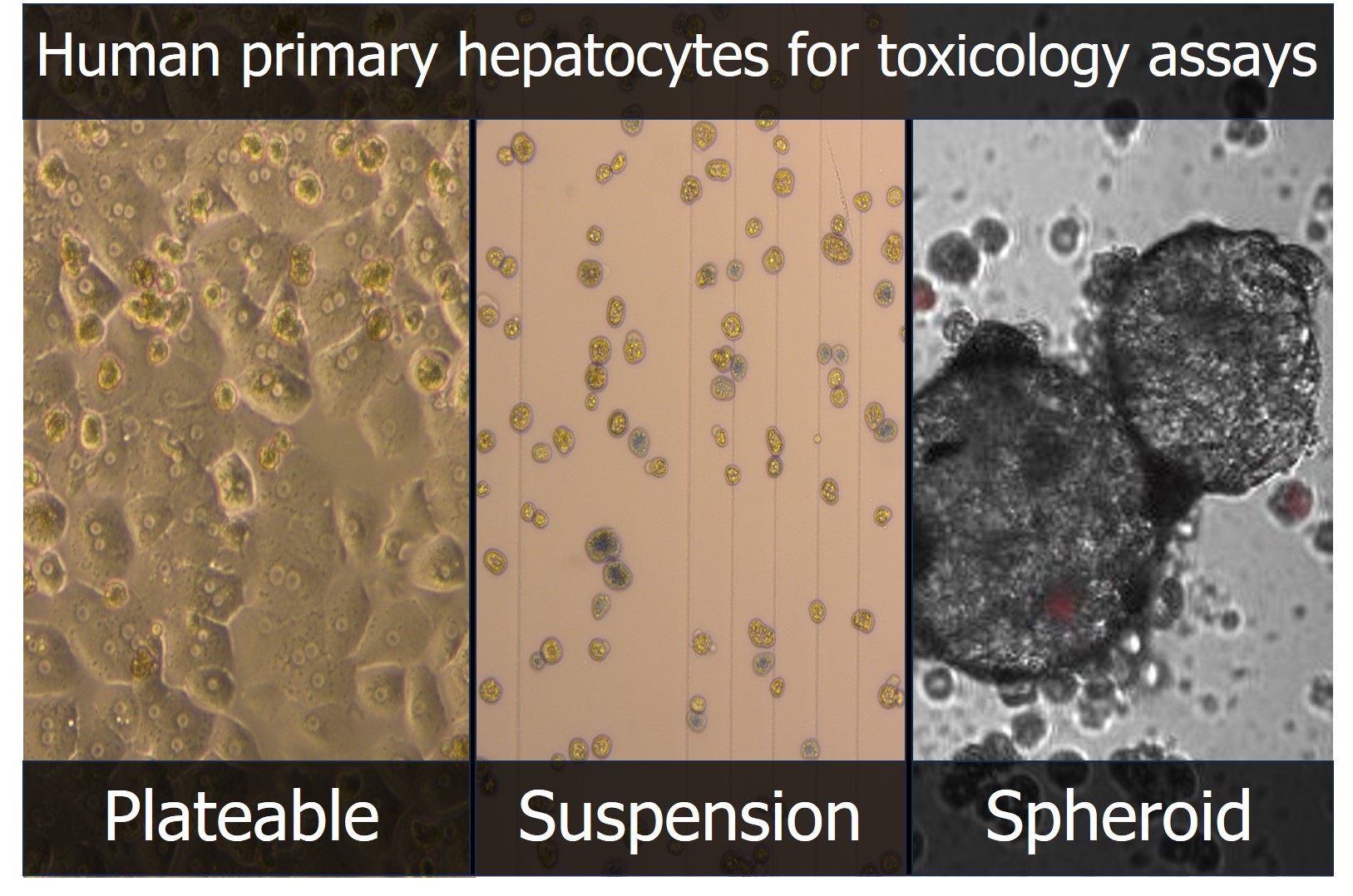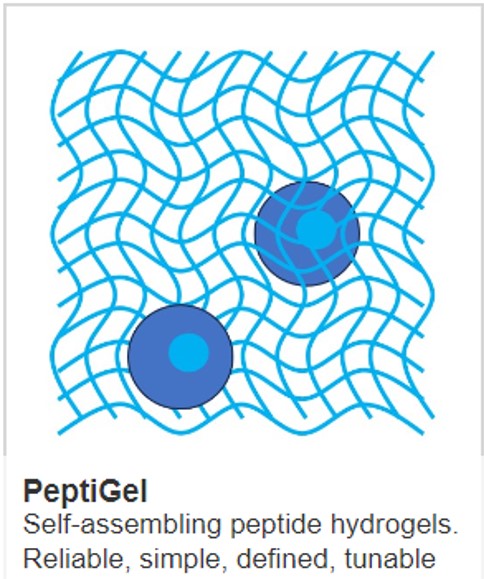Screening slowly metabolized compounds with hepatocyte spheroids

A significant portion of drug development time and resources are dedicated to evaluating the metabolism and toxicity of new compounds. Primary human hepatocytes (PHHs) have long been the gold standard for in vitro metabolism studies as they express human-specific drug-metabolizing enzymes. However, traditional two-dimensional (2D) cultures of PHHs often suffer from rapid dedifferentiation and loss of liver-specific functions. The advent of three-dimensional (3D) cell culture technologies, such as hepatocyte spheroids (offered by Cell Guidance Systems), has revolutionized the field by providing a more physiologically relevant environment that maintains hepatocyte functions over extended periods. In particular, primary human hepatocyte spheroids are becoming more widely used for the screening of slowly metabolized compounds, highlighting their advantages and applications in drug discovery.
The Rise of 3D Cell Culture
3D cell culture techniques have emerged as a superior alternative to 2D cultures, as they better mimic the in vivo cellular microenvironment. In the human liver, hepatocytes exist in a 3D architecture, interacting with other cell types and the extracellular matrix, which is crucial for their function and survival. By forming spheroids, PHHs establish a 3D structure that closely resembles the in vivo hepatic tissue, leading to enhanced cell-cell and cell-matrix interactions. These interactions are critical for maintaining the differentiated state of hepatocytes, preserving their metabolic capabilities, and prolonging their viability.
Advantages of Primary Human Hepatocyte Spheroids
The use of PHH spheroids in drug screening offers several advantages over traditional 2D cultures:
Enhanced Liver Function: Spheroids maintain liver-specific functions, including albumin secretion, bile acid synthesis, and the activity of cytochrome P450 enzymes, which are essential for drug metabolism.
Extended Viability: PHH spheroids can be maintained for weeks, as opposed to days in 2D cultures, allowing for long-term studies and repeated dosing experiments.
Improved Predictivity: The 3D architecture of spheroids better predicts in vivo drug responses, reducing the likelihood of late-stage drug development failures.
Co-culture Opportunities: Spheroids can be co-cultured with non-parenchymal (non-hepatocytes) cells such as Kupffer cells, stellate cells, and endothelial cells, to create a more complete hepatic model that includes immune responses, fibrosis, and vascular effects.
Drug Metabolism and Clearance: Spheroids exhibit more in vivo-like drug metabolism and clearance kinetics, which is particularly important for the assessment of slowly metabolized compounds.
Screening Slowly Metabolized Compounds with PHH Spheroids:
Slowly metabolized compounds present a unique challenge in drug development. These compounds can accumulate in the body, potentially leading to prolonged exposure and unexpected toxicity. Therefore, it is crucial to accurately predict their metabolism and clearance rates during the early stages of drug discovery.
2D hepatocyte culture are not durable enough to assay the behaviour of slowly metabolized compounds. However, PHH spheroids are particularly well-suited for studying slowly metabolized drugs due to their sustained metabolic activity. The extended viability of spheroids allows for chronic exposure studies, where compounds can be administered over a longer period to observe cumulative effects and potential toxicities that may not be apparent in acute studies.
Moreover, the 3D structure of spheroids leads to the formation of concentration gradients within the spheroid, with an outer layer of proliferating cells and an inner core of quiescent cells. This gradient mimics the zonal hepatocyte heterogeneity seen in the liver, where hepatocytes are exposed to varying concentrations of oxygen and nutrients, resulting in different metabolic profiles. This feature is particularly beneficial for studying slowly metabolized compounds, as it allows researchers to observe how these compounds are processed differently across the spheroid’s layers, providing a more comprehensive understanding of their metabolism.
Furthermore, the ability to maintain PHH spheroids for extended periods enables the assessment of drug-drug interactions, which is critical for slowly metabolized compounds that may be part of polypharmacy regimens. The spheroids’ sustained cytochrome P450 activity is essential for evaluating the induction or inhibition of these enzymes, which can alter the metabolism of co-administered drugs.
Applications in Drug Discovery
The use of PHH spheroids in drug discovery has several applications:
Toxicity Screening: Long-term exposure to drug candidates can be assessed to identify hepatotoxicity that may not be evident in short-term assays.
Metabolic Stability: The stability of slowly metabolized compounds can be evaluated over time to determine their half-lives and potential for accumulation.
Pharmacokinetic Modeling: Data obtained from spheroid-based assays can be used to inform pharmacokinetic models, predicting how a drug is absorbed, distributed, metabolized, and excreted in the body. This information is crucial for dose selection and to ensure safety and efficacy.
Drug-Drug Interaction Studies: PHH spheroids can be used to study the impact of one drug on the metabolism of another, which is particularly important for patients taking multiple medications.
Disease Modeling: By incorporating cells from patients with specific liver diseases into spheroids, researchers can study the disease’s impact on drug metabolism and identify potential therapeutic targets.
As the pharmaceutical industry continues to seek more predictive and efficient ways to evaluate drug candidates, the use of PHH spheroids is likely to become increasingly widespread. The ongoing refinement of 3D culture techniques and the integration of spheroids into multi-organ systems will further enhance the relevance of these models. Ultimately, the goal is to reduce the attrition rate of drug candidates in clinical trials by identifying potential issues earlier in the drug development process, thereby saving time, reducing costs, and most importantly, improving patient safety.
IMAGE - Primary Human Liver Cells. Cell Guidance Systems Ltd.
Learn more about powerful technologies that are enabling research:



